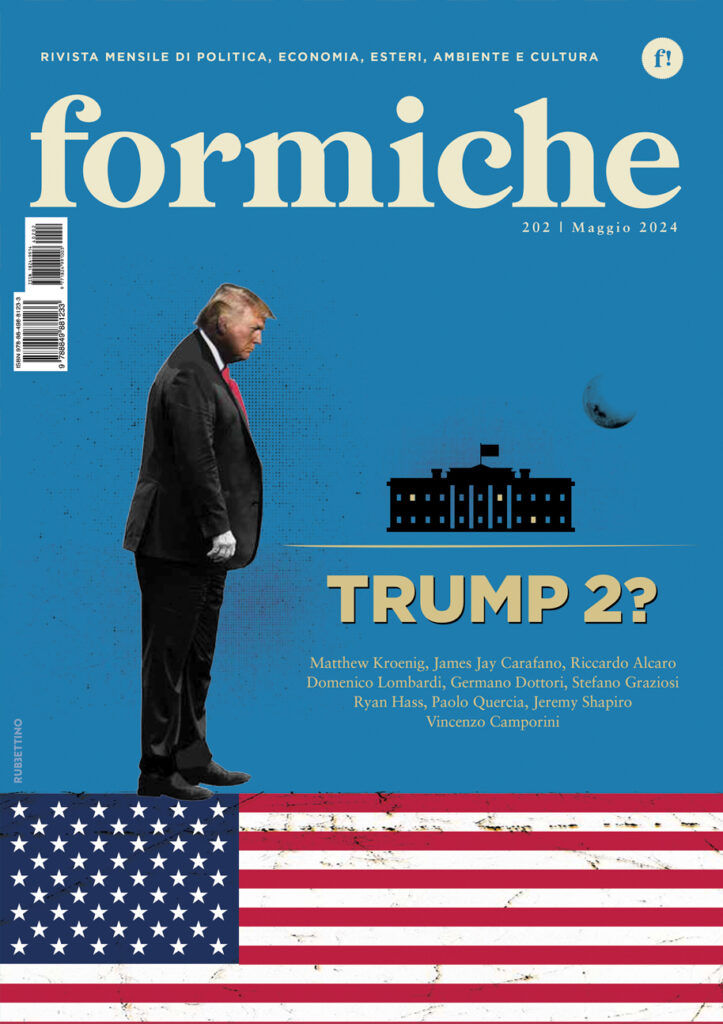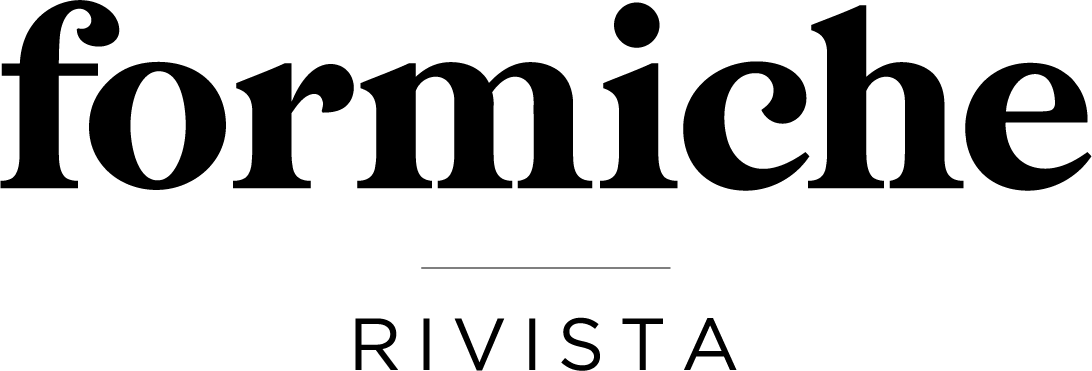Before the pandemic, Italian prime minister Giuseppe Conte was a pacifier, a mediator between the odd couple of parties that form the current coalition government. It is universally accepted that the Five Star Movement and the Democratic Party maintain their uneasy alliance partly out of fear for their right-wing opponents’ strong poll numbers.
However, as the Covid-19 pandemic swept through Europe, Mr Conte managed to overhaul his leadership brand by rallying the Italians behind him. Under his guidance, Italy – the first Western country to witness the explosive spread of infections and to impose lockdown – was the first Western country to tame the coronavirus by means of unpopular yet effective measures.
In a matter of weeks, Mr Conte became Italy’s most popular politician, earning praise for his handling of the health crisis from inside and outside the country. Moreover, his image was recently bolstered by his perceived role in obtaining the €209 billion recovery fund for Italy (Europe’s largest by a significant margin) out of Brussels.
His government is now at a historic juncture: the country in a worsening economic and social crisis on one hand, and EU funds holding more potential firepower than the Marshall Plan on the other.
However, the clouds are now gathering around Mr Conte’s head. A referendum and regional elections in September are likely to damage the governing parties and concede key victories to the right-wing coalition, which is strongest in the polls despite being at the opposition.
More still: he refuses to go on with a governmental reshuffle even as calls to do so increase; his indecisiveness on key matters might weaken the coalition in the short term; the Five Star Movement is in disarray and lacking in leadership; the Democratic Party leader Nicola Zingaretti, who had supported Mr Conte unfalteringly, is now rumoured to be looking elsewhere.
And now, this: two newspapers with opposite political leanings published extremely similar editorials on the same day. Both Alessandro Sallusti (il Giornale) and Eugenio Scalfari (la Repubblica) wrote that Mr Conte better watch his back despite his popularity, because he is increasingly being left alone and may be rendered useless soon.
Rumours of a “national unity government” to see Italy through this crucial moment in its history are spreading. And those two journalists are just the last of a long list of people who indicated the best person to replace Mr Conte: Mario Draghi, expert economist, academic, manager, banker, and head of the European Central Bank from 2011 to 2019.
Mr Draghi is credited to have saved the eurozone with his “whatever it takes” policy in response to the 2009 financial crisis. He enjoys widespread support from across the entire political spectrum as well as in Europe. His name has been proposed for leadership roles countless times, but he has always rejected the idea of running for high office as of now.
Regardless, Mr Draghi will be the opening speaker in an influential series of conferences in Rimini next week. The Catholic-rooted Communion and Liberation (CL) convention has been a litmus test of past political instances and will be watched attentively from Rome.
This year’s edition of the CL convention will host a string of influential politicians from across the political spectrum, with party leaders, governors and key figures in the Italian political panorama scheduled to speak about the future of the nation.
However, one notable exception stands out: Mr Conte, who was not even invited, even though his predecessors usually were and despite being a devout Catholic.
Bernard Scholz, president of the CL convention, has officially stated that they have no intention of discussing the future of this government. And the Five Star have felt the urge to issue a release in which they expressed their unflinching support for Mr Conte. But these two instances cannot stop the rumour mill.







